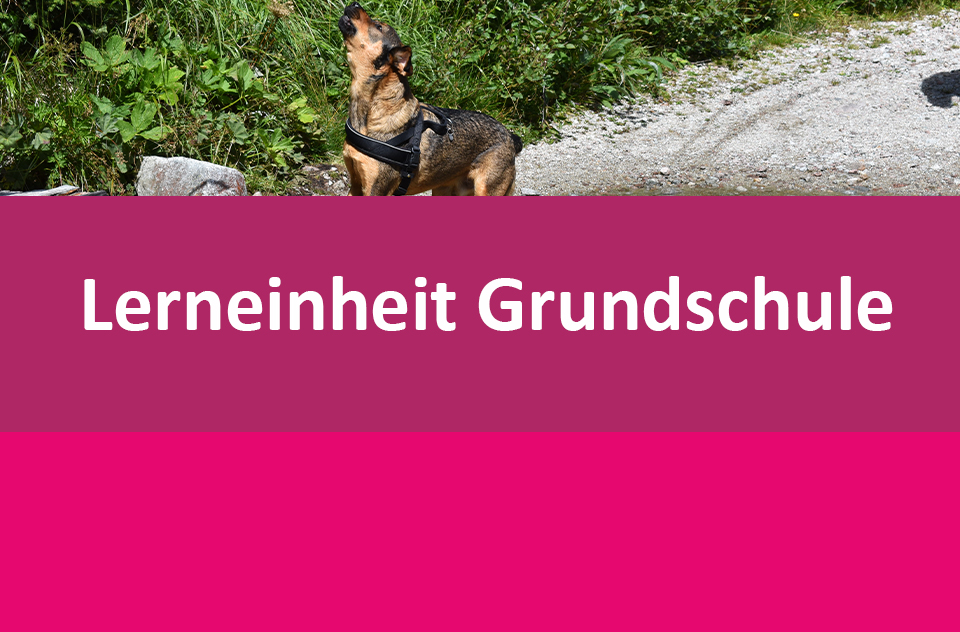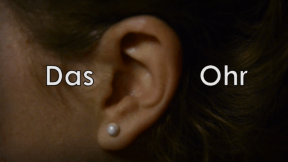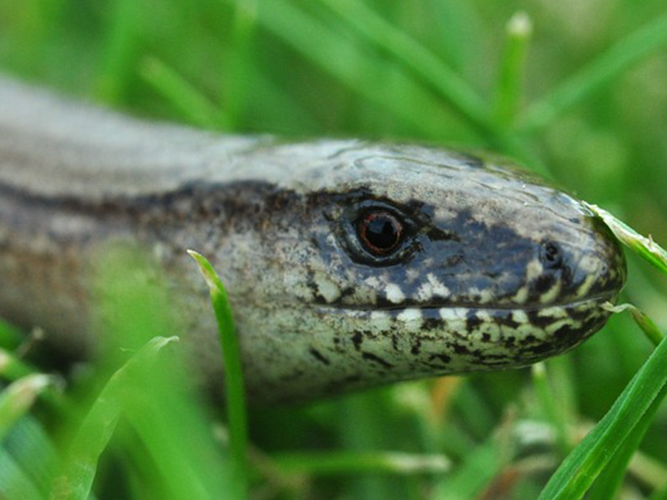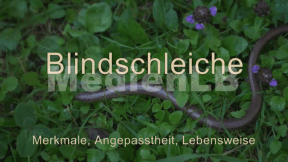 Mathematics, Primary School
Mathematics, Primary School

55506727
Lerneinheit Mathematik 4
Mathematik im Alltag
Auf den Hund gekommen - Mathematik praktisch und im Alltag angewandt. In zehn unterschiedlich digital gestalteten Aufgaben üben die Schülerinnen und Schüler unterschiedliche Rechenoperationen und erfahren gleichzeitig eine Menge über Hunderassen und Hundehaltung. Spielerisch gestaltet werden Unterhaltskosten und der Zeitaufwand zur Hundehaltung vermittelt, festgestellt, welche Hundeart am lautesten bellt und wie man die Größe einer Hundehütte berechnet. Ebenso wie die Rechenfähigkeiten wird das logische Denken gefördert.
Demo
Included Tasks
- Wuff und weg – Mathematik auf den Hund gekommen!
- Budget für Bello – Was kostet ein Welpe?
- Top-Hunde: Die beliebtesten Rassen und ihre Zahlen
- Hundepfoten und Meter – Längen im Hundealltag
- Größenvergleich - Vom Zwergspitz bis zum irischer Wolfshund!
- Lautstark und lieb - Mathematik der Hundegeräusche
- Bauherren für Bello – Mathematik der Hundehütten
- Zeit für Fido – Wie viel Zeit braucht ein Hund?
- Rasend schnell – Mathematik der Hunderennen
- Zugabe: Die Top 4 der Hunderekorde auf der ganzen Welt
Curriculum-centred and oriented towards educational standards
Matching
Der Haushund
In 10 interaktiven Aufgaben und Videos wird Wissen zum Thema Haushund vermittelt und anschließend abgefragt.
Das Ohr
Für die meisten Menschen, besonders für die jüngeren, ist das reibungslose Hören etwas ganz Normales. So alltäglich, dass wir dabei manchmal vergessen, wie viele Rädchen bei diesem hochkomplexen Vorgang ineinandergreifen. Der Film erklärt anhand von anschaulichen Animationen, wie unsere Ohren aufgebaut sind und wie das Gehör funktioniert. Außerdem wird erklärt, was überhaupt ein Geräusch ist und wie Schallwellen entstehen.
Blindschleiche
Die Blindschleiche ist eine klein bleibende, völlig harmlose und ─ entgegen ihrem Namen ─ durchaus sehende Echse, die wegen ihrer fehlenden Beine und länglichen Körperform oft für eine Schlange gehalten wird. Der Name wird vermutlich vom althochdeutschen Wort Plintslicho abgeleitet, was so viel bedeutet wie „blendender Schleicher“. Damit ist wahrscheinlich die hübsche, glänzende Hautoberfläche der Blindschleiche gemeint.








